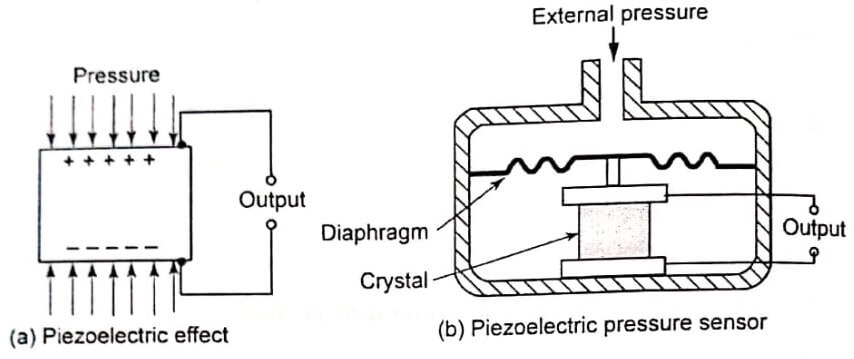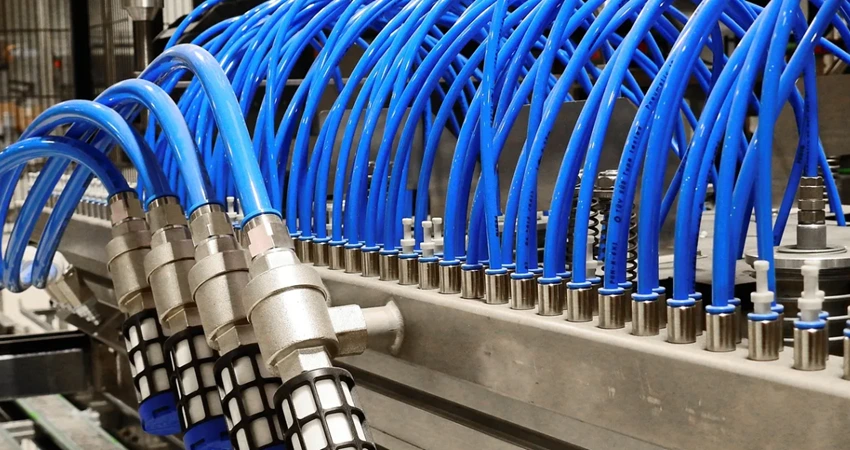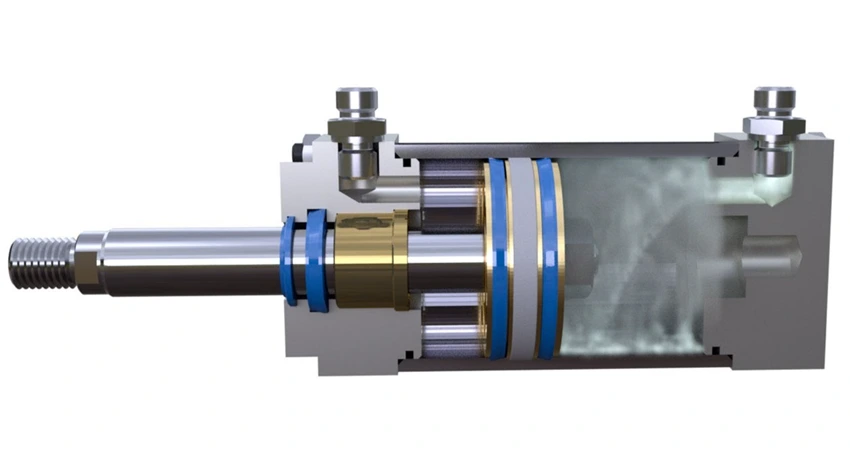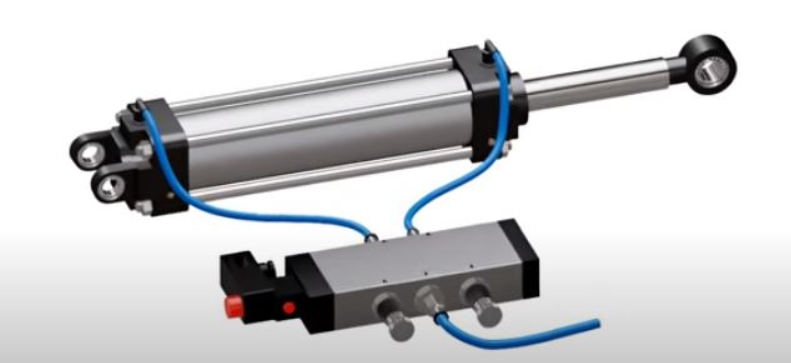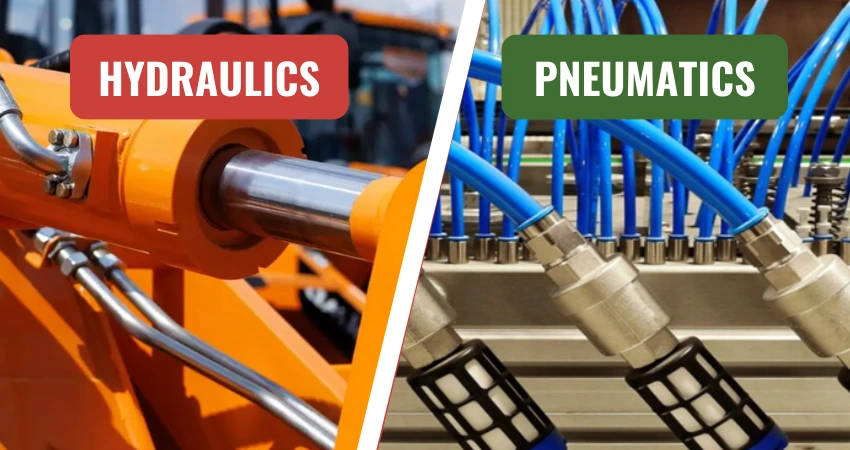A piezoelectric sensor is a device that uses the piezoelectric effect to measure pressure, acceleration, strain or force. When pressure, force or acceleration is applied to piezoelectric materials such as quartz crystal, PZT ceramic, tourmaline, gallium phosphate, and lithium sulfate, an electrical charge is developed across the crystal that is proportional to the force applied (fig (a)). When pressure is applied to a crystal, it is elastically deformed. This deformation results in a flow of electric charge (which lasts for a period of a few seconds). The resulting electric signal can be measured as an indication of the pressure which was applied to the crystal.
The net electrical charge (q) produced in the crystal is proportional to the deformation of the crystal (x) due to the applied pressure and the stiffness of the material (k). Since the deformation is proportional to the applied pressure or force (P), the net electric charge is given by the equation: q = k * x = S * P
where S is the charge sensitivity.
The piezoelectric sensors are attached with the diaphragm pressure sensing element to measure the pressure as shown in fig (b).
The output electrical signal of the piezoelectric sensor is related to the mechanical force or pressure as if it had passed through the equivalent circuit as shown in fig. The model of the equivalent circuit includes the following components:
C represents the capacitance of the sensor surface itself;
R is the insulation leakage resistance of the transducer; and
q is the charge generator.
If the sensor is connected to a load resistance, this also acts in parallel with the insulation resistance.

The fundamental difference between these piezoelectric sensors and static force devices such as strain gauges is that the electric signal generated by the piezoelectric sensors decays rapidly. This characteristic makes these sensors unsuitable for the measurement of static forces or pressures but useful for dynamic measurements.
Piezoelectric pressure sensors do not require an external excitation source and are very rugged. These sensors, however, do require charge amplification circuitry and very susceptible to shock and vibration.
The desirable features of piezoelectric sensors include their rugged construction, small size, high speed, and self-generated signal. On the other hand, they are sensitive to temperature variations and require special cabling and amplification.
- See More : Bourdon tube pressure sensor
- See More : Capsule pressure sensor
- See More : Diaphragm pressure sensors
